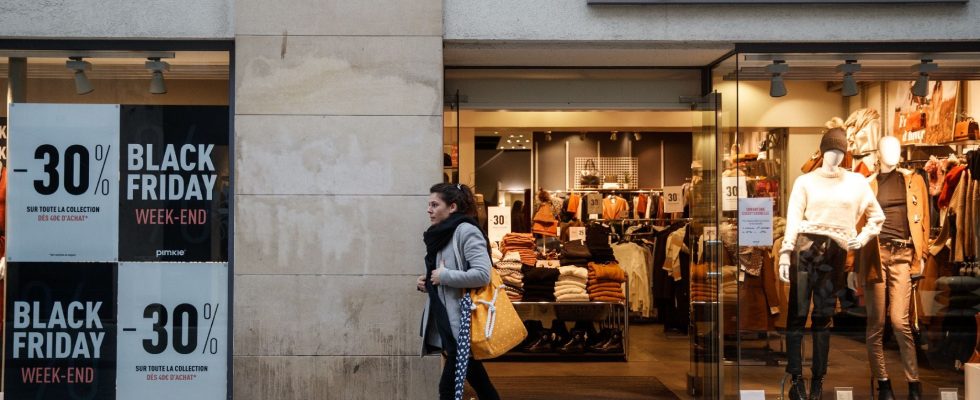La Halle, Burton, Camaïeu, Kaporal, Kookaï, Gap, Un Jour Ailleurs, Jennyfer, Pimkie, Naf Naf, Celio, IKKS… Many clothing brands have suffered in recent years, sometimes to the point of disappearing. Since 2010, hundreds of stores have closed and more than 45,000 jobs have been destroyed. Such an observation encourages defeatism, but is the cause really lost? The exceptional events of recent years (yellow vests, strikes, confinements, inflation, etc.) have been particularly harmful to the clothing sector, but many brands were already weakened before. The economic context should not obscure the structural issues that clothing brands must face today.
Paradigm shift
For decades, their growth came through the opening of new stores and was based on the execution of well-established processes. The challenges facing brands today are very different and require agility and experimentation. Customer experience, omnichannel, evolution of the offer, new marketing tools and distribution models have often been neglected, due to lack of expertise or visibility. The bar is very high for those who have fallen behind. It’s difficult to invest in a profound transformation without guarantee of success when investment used to rhyme with automatic growth. It is a complete change of software that must take place.
Differentiation
It is mainly the mid-range brands that are suffering, luxury andultra-fast fashion (SHEIN, Primark, etc.) are showing insolent growth. How to adapt? Moving upmarket is difficult and rarely successful, and going downmarket to enter into direct competition with players specifically designed to operate with low prices seems suicidal. Redesign of the customer experience, refocused range, focus on a specific clientele, launch of an iconic product, adaptation to new consumption patterns… the avenues are numerous and the examples are multiplying. Etam thus gradually abandoned clothing to concentrate on lingerie, La Redoute focused on the home (decoration and furnishing), abandoning the overly competitive ready-to-wear, and the French fashion brand APC diverse in beauty.
Hybridization of models
When the main economic model is no longer enough to supply a brand, how can you find secondary relays? Amazon has illustrated this approach by monetizing its infrastructure (cloud computing, logistics and retail media). Not everyone is Amazon and every brand needs to thoroughly analyze its market, strengths and goals. Opening a marketplace is tempting and on paper allows you to expand references and reduce stock. But this leads to a profound change in the economic model. From a trader, the brand becomes an audience manager with much lower margins, often incompatible with the weight of a physical network. Furthermore, if competition is tough in textiles, it is worse in the world of marketplaces which struggle to differentiate themselves, each offering the same products from the same suppliers, at the same price.
Retail media can be a good compromise. The new tools allow distributors to create very fine audience segments based on their customer or prospect base, which have a lot of value for advertisers in a context of tougher management of data from third parties (Apple App Tracking Transparencydisappearance of cookie…).
CSR, real opportunity?
If surveys reveal the public’s increased sensitivity to CSR subjects, the reality of the market illustrates the schizophrenia of consumers. They say they want reasoned consumption with less frequent purchases, better quality and therefore durable products, made nearby, but the excellent performance of low-price brands shows that they actually buy lower quality products, often made in Asia. We must avoid the trap of excess CSR which pleases but does not sell.
As consumption slows, new models may be the most immediate response to maintaining the relationship with the consumer. While clothing rental is still struggling to take off, second-hand goods are showing double-digit growth. It is a means of reconciling purchasing power and CSR values, and allows brands to maintain customer relationships and avoid being short-circuited by platforms.
Clothing brands may seem condemned to a sad fate, but they actually have the means to bounce back. The context forces them to acknowledge the end of a growth model. It is without preconceptions that they must seize the new structural subjects which will ensure their sustainability.
.
